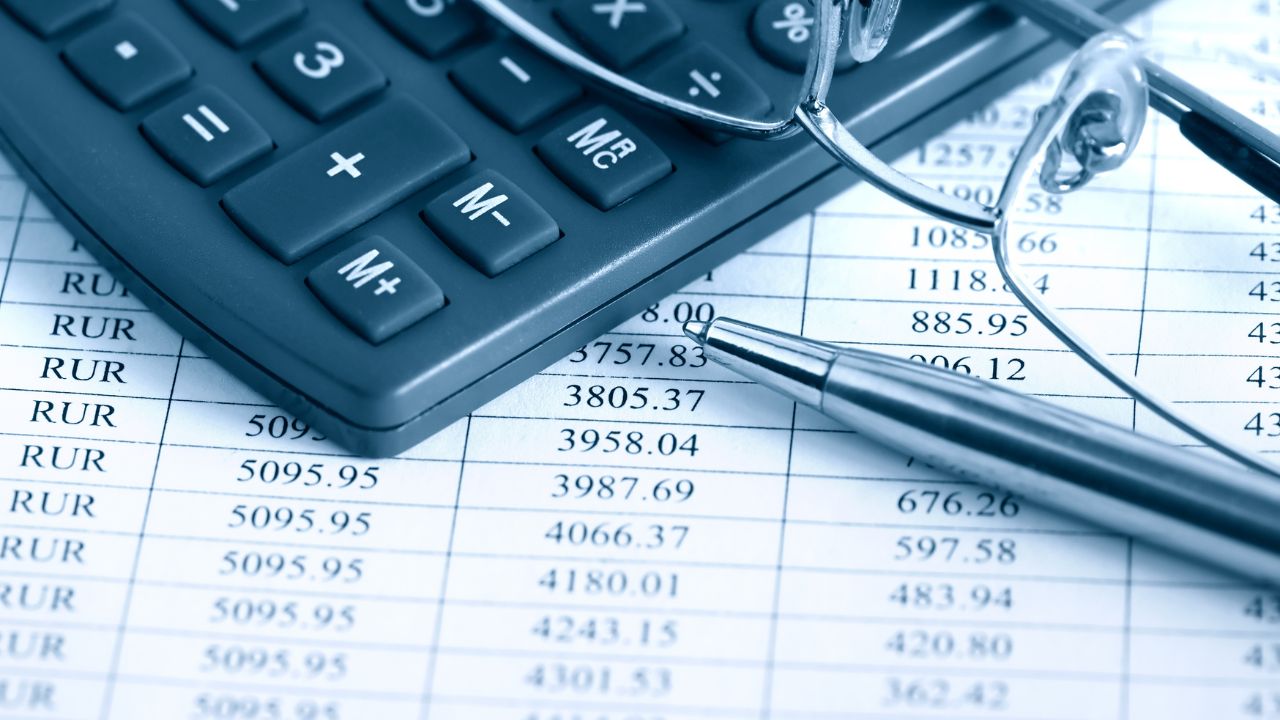
If you're a business owner, it's important to know what a Chart of Accounts is. It is a list of financial accounts set up by an accountant. It allows you to summarize financial information. A good chart helps you make informed decisions, and to follow financial reporting standards. To create a chart of accounts, you should know what the main financial accounts are. Below is a brief explanation about the chart of account and its purpose.
List of financial accounts created by an accountant

The chart of accounts is the list of financial accounts. It is a list containing account titles that businesses use in order to record transactions in their general ledger. An accountant creates the chart and presents it to the accounting department. The bookkeeper enters the transactions into the general ledger using this list. The accountant adds or removes accounts as needed, but generally they are not removed if no transactions were made in them. The categories that make up the list include assets, liabilities and revenue as well as expenses.
Accounts are like bins that contain specific transactions in an accounting system. A chart is an organized list that lists all of the accounts. For example, if you sold a Dell laptop, the accountant will put the proceeds in the account titled Sales-Dell Laptops. After the month ends, you will receive a financial report that displays the balances in each account. These statements can be made more comprehensive by using a chart or list of accounts.
Used to summarize financial statements
A chart of accounts is a listing of all accounts used in a business. It is organized according to their general numbering system. Other accounts may have account numbers that are added to them to indicate parts, divisions, or products. There are many different types of charts depending on how complex the business is and what its components are. Simple transactions do not necessarily need an extensive chart of account. If you don't have stock in your business, you should set up a Capital as well as a Draw account. Before you begin recording financial information, plan the structure and sub-accounts of your chart of account.
The chart of accounts shows what happens to assets and liabilities. Assets are money that the business receives, and liabilities are money it spends. As a result, the value of these assets will decline. A business can use a chart of accounts to make decisions based on the financial information it collects. Incorrect bookkeeping is a risk that you will make poor financial decisions that can result in costly expenses and incorrect decisions. How can you make your chart of accounts work for you?
It is used to prevent fraud

A chart of accounts is a systematic record of all financial transactions, and it is a fundamental building block of any financial system. It's a categorical identification and classification system that allows companies to store an almost infinite amount of customizable information. It is a system that allows companies to protect their shareholders and avoid fraudulent activity. The concept behind this system is based on the principle of Benford's Law, which is used to detect unusual numbers. A chart of accounts allows fraud detection by highlighting numbers that are not in statistically expected ranges.
To track and categorize business assets, liabilities, revenues, expenses, and income, a chart of accounts is useful. It can be arranged by division or product line. Each account is identified by an identification code, description, and name, making it easy to find and reference specific financial information. Complex accounts are common in companies with multiple financial accounts. To ensure accurate financial reporting, companies need to use a list of accounts.
FAQ
What is the importance of bookkeeping and accounting?
Bookkeeping and accounting are important for any business. They help you keep track of all your transactions and expenses.
They also help you ensure you're not spending too much money on unnecessary items.
Know how much profit you have made on each sale. It's also necessary to know your responsibilities to others.
You might consider raising your prices if you don't have the money to pay for them. If you raise them too high, though, you might lose customers.
If you have more inventory than you can use, it may be worth selling some.
If you don't have enough, you can cut back on some services or products.
All these factors can impact your bottom line.
What do I need to start keeping books?
You'll need to have a few basic items in order to start keeping books. These are a notebook with a pencil, calculator, printer and stapler.
What is a Certified Public Accountant and how do they work?
A certified public accountant (C.P.A.) A person who is certified in public accounting (C.P.A.) has specialized knowledge in the field of accounting. He/she is able to prepare tax returns and help businesses make sound business decisions.
He/She keeps an eye on the company's cash flow, and ensures that everything runs smoothly.
Statistics
- The U.S. Bureau of Labor Statistics (BLS) projects an additional 96,000 positions for accountants and auditors between 2020 and 2030, representing job growth of 7%. (onlinemasters.ohio.edu)
- Employment of accountants and auditors is projected to grow four percent through 2029, according to the BLS—a rate of growth that is about average for all occupations nationwide.1 (rasmussen.edu)
- a little over 40% of accountants have earned a bachelor's degree. (yourfreecareertest.com)
- Given that over 40% of people in this career field have earned a bachelor's degree, we're listing a bachelor's degree in accounting as step one so you can be competitive in the job market. (yourfreecareertest.com)
- "Durham Technical Community College reported that the most difficult part of their job was not maintaining financial records, which accounted for 50 percent of their time. (kpmgspark.com)
External Links
How To
How to Become An Accountant
Accounting is the science that records transactions and analyzes financial data. Accounting can also include the preparation of reports or statements for various purposes.
A Certified Public Accountant or CPA is someone who has passed an exam and received a license from the state board.
An Accredited Financial Analyst (AFA) is an individual who meets certain requirements set forth by the American Association of Individual Investors (AAII). A minimum five-year investment history is required in order to be an AFA according to the AAII. They must pass a series of examinations designed to test their knowledge of accounting principles and securities analysis.
A Chartered Professional Accountant or CPA (sometimes referred to simply as a chartered accountant) is a professional accounting who has received a degree in accounting from a recognized university. CPAs must comply with the Institute of Chartered Accountants of England & Wales’ (ICAEW) educational standards.
A Certified Management Accountant is a professional accountant who specializes in management accounting. CMAs must pass exams administered by the ICAEW and maintain continuing education requirements throughout their career.
A Certified General Accountant (CGA), member of the American Institute of Certified Public Accountants. CGAs have to pass several tests. One test is known as the Uniform Certification Examination.
International Society of Cost Estimators' (ISCES) offers the Certified Information Systems Auditor certification. Candidates for the CIA must have completed three levels of education: coursework, practical training, then a final exam.
Accredited Corporate Compliance officer (ACCO) is a distinction granted by the ACCO Foundation, and the International Organization of Securities Commissions. ACOs must possess a Bachelor's Degree in Finance, Business Administration, Economics, or Public Policy. They must pass two written exams, and one oral exam.
A credential issued by the National Association of State Boards of Accountancy is called a Certified Fraud Examiner. Candidates must pass three exams and obtain a minimum score of 70 percent.
A Certified Internal Auditor (CIA) is accredited by the International Federation of Accountants (IFAC). Candidates must pass four exams covering topics such as auditing, risk assessment, fraud prevention, ethics, and compliance.
American Academy of Forensic Sciences (AAFS) designates an Associate in Forensic Account (AFE). AFEs must be graduates of an accredited college or university that has a bachelor's in accounting.
What is an auditor? Auditors are professionals that audit organizations' financial reporting. Audits may be conducted on a random basis, or based in part on complaints made by regulators.